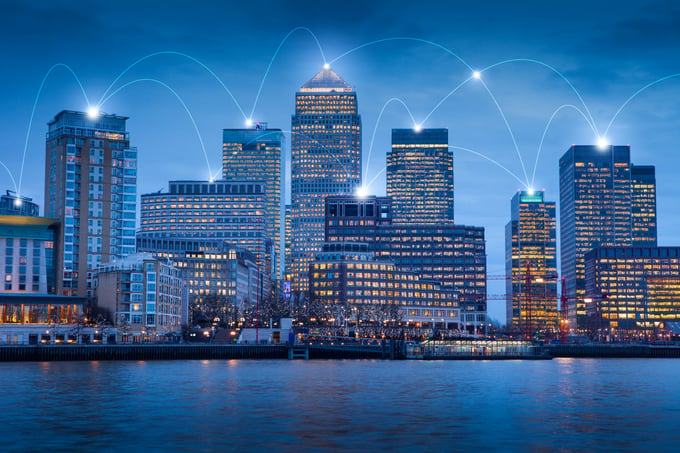For many organisations, there is no need to think of a new year’s resolution; their existing climate pledges are challenging enough. An edie survey from August 2022 found that while over half of the UK’s largest businesses have a net-zero target, nearly two-fifths of these were uncertain about how to get started on achieving it. As for the public sector, there are a staggering 62 councils who have declared a climate emergency yet have published no plan for cutting their own emissions.
Many other businesses and public sector organisations do already have net zero strategies, including the specific goal of decarbonising their energy consumption. But they are encountering many barriers (internal and external) to implementing their plans. So how can you make 2023 the year that you clean up your energy use and really kick-start your organisation’s net zero journey?
Don’t let the perfect be the enemy of the good
Your ultimate aim will be to completely decarbonise your organisation’s energy consumption. But it isn’t yet possible to have 100% clean energy, 24/7. So at this point in the journey, you don’t need to know how you will eliminate all energy emissions. You just need a plan for how you’re going to start reducing them in 2023.
Know where you’re starting from
No map can help you navigate if you don’t know where you’re starting from. Any valid plan for cutting energy emissions has to be as clear as possible on what level of emissions you’re starting with. There are two crucial elements to this: calculating your consumption and estimating what proportion of that consumption is actually renewable. The latter question trips up many businesses, because the use of renewable energy certificates can cause you to overestimate the greenness of your energy sourcing. A tariff labelled “100% renewable” doesn’t actually mean that all the energy you use is from green sources; there is a serious lack of transparency in the energy market.
Ditch the greenwash for data
To cut through all the greenwash and take control of your energy sourcing, you need direct access to your energy data. ENTRNCE has developed a tool called the Matcher which can provide this. At half-hourly intervals it collects the data on the energy mix available to your organisation, whether that’s from the grid or a mixture of sources. Then it matches it with half-hourly snapshots of your consumption data. This allows you to clearly see exactly how much of the energy consumed actually comes from renewable sources – and develop a strategy to increase that proportion.
Explore new energy sources
Many energy-intensive organisations have already moved beyond the conventional supplier tariff to explore options such as on-site generation and corporate power purchase agreements (CPPAs). Investing more directly in renewable generation sources is the best way to reduce your emissions from energy. But even with on-site solar or a green CPPA, your organisation will almost certainly be using some grid energy to keep the lights on when no renewable generation is happening. This means some fossil-fuel energy in the mix – but how much? The Matcher can tell you.
Use forecasting tools to make smart choices
As we head into 2023, none of us can predict what the year has in store. But you can use forecasting tools to predict the outcomes of specific energy choices. The Matcher has a powerful simulation functionality that allows you to plug in potential choices. Changing the mix of generation assets in your CPPA? Investing in a new on-site asset or perhaps battery storage? You can see exactly how these changes would affect your clean energy score. Having this kind of hard evidence makes it much easier to justify spending when budgets are squeezed.
Don’t forget demand reduction
The greenest – and cheapest – energy is the energy we don’t use. So when you’re working on reducing emissions, don’t forget demand reduction. We usually think of energy efficiency as connected to building improvements: insulation, new lighting and so on. But you can also cut energy use through using existing spaces in different ways, changing processes or keeping equipment better maintained.
Optimise your consumption
Some of your organisation’s activities may be intrinsically energy-intensive, such as using certain equipment. You might not be able to reduce the actual energy consumed through these activities, but you can reduce the associated emissions. The Matcher data will tell you your organisation’s peak times for receiving renewably generated power. It may be possible to schedule some of your most energy-intensive processes for these times. This means using less energy from fossil fuels without actually changing anything about your sourcing.
There are many ways to ensure that 2023 is a year for real progress towards your organisation’s climate goals. Hard data is essential, not just for formulating your strategy but for justifying budget decisions and measuring progress on your net zero journey. To see how the Matcher can help with your decarbonisation, book a no-obligation demonstration as soon as you’re back at your desk.




